photo – Lizzy Laurence with Hugh Rowlands on organ, performing her Song of Songs: Ruth and Naomi, for organ, voice and electronics.
What happens when you introduce young composers to the organ, give them an experienced organist to show them the ropes, and then ask them to write a new work for the instrument?
Claire M Singer, Music Director at the Union Chapel in North London did exactly that: offered access to the Chapel’s Father Willis organ to composition students from Guildhall School of Music and Drama, University of Cambridge and Goldsmiths College. Their work – seven short pieces – was showcased earlier this week.
Most of the music produced was not technically demanding of the organist in the sense of traditional organ repertoire: often the organ was asked to produce slowly moving sound changes from bare octaves, fourths or fifths, held while stops were manipulated, with electronics and voice layered on top.
‘On this first opportunity for the composers to sit at an organ console,’ says Jay Richardson, Organ Scholar at Union Chapel, and one of the organists involved, ‘they were most interested in the sonic capabilities of the instrument.’
‘They had a different mindset to a classically-trained organist – much more taken with sound colour, and subtle timbre and textural possibilities.’
Stop changes over a held chord was the exclusive form of Alex McKenzie’s Study for Organ (performed by Laurence Carden), a piece that explored the range of harmonics, beats and microtonal slides produced by gradually pulling and pushing stops out and in (something a traditional organist would absolutely avoid).
In many pieces the organists had taken an active part in the compositional process and subsequent improvisatory performance. Jay Richardson showed me the variety of scores he had been playing from, which ranged from a fully written out 3-stave part for Robert Murray Jamieson’s IBANATHON (Exordium), to three lines of written instructions for Earth, from another composer.
Lizzy Laurence, Clare Elton, Elisabeth Salverda and Rachael Gibson combined the organ sound with electronics, a medium they were generally more confident with: the electronic sounds in Rachael Gibson’s Shadow Truths, for Organ and Electronic Sounds summoned the ‘musical ghosts of the past’ into the dark Victorian Gothic space of the Union Chapel most eerily.
It takes a lifetime for a classical organist to discover the full sonic capabilities of the organ, and likewise these young composers approached the instrument with humility but also with enthusiasm and verve. ‘As someone with no prior knowledge of how the organ works, this series was fascinating and gave a great insight into the potential of this instrument,’ commented Rachael Gibson.
‘It’s really important to not only embrace the historic organ repertoire, but also help it to grow,’ adds Claire Singer. ‘By encouraging new, emerging and established composers and performers to spend time with the instrument, take risks and push the boundaries, we can continue to celebrate this wonderful instrument.’
Part of Jay Richardson’s new role as the first Organ Scholar at the Union Chapel is to organise a recital series to showcase the organ in more traditional repertoire. This will start in September 2019, and details will be announced shortly (and included on my events page when I have them).
The Henry ‘Father’ Willis organ at the Union Chapel
The Union Chapel at Highbury Corner in North London is still a working church as well as an events venue, and also houses The Margins Project for those homeless and in crisis.
The organ and organist at the Chapel are firmly hidden behind a monumental pulpit – in 1877 the founding Minister was determined that frivolous musical activities shouldn’t distract from the Spoken Word. The instrument was rescued (along with the building) from almost complete disrepair with the help of a Heritage Lottery grant in 2012, and restored by Harrison & Harrison (including its original hydraulic blowing system). It holds a Grade 1 Historic Organ Certificate, and full details can be found on the National Pipe Organ Register.
More on the history of the organ, and the building, on the Union Chapel’s website.

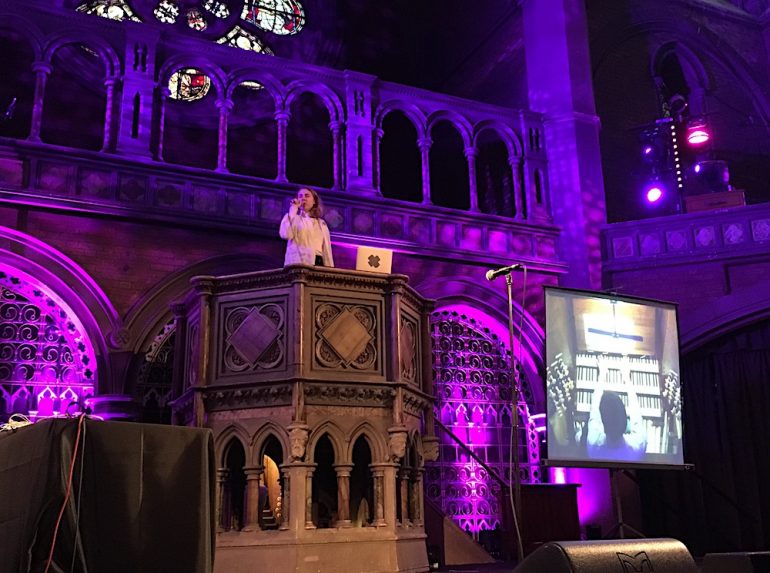
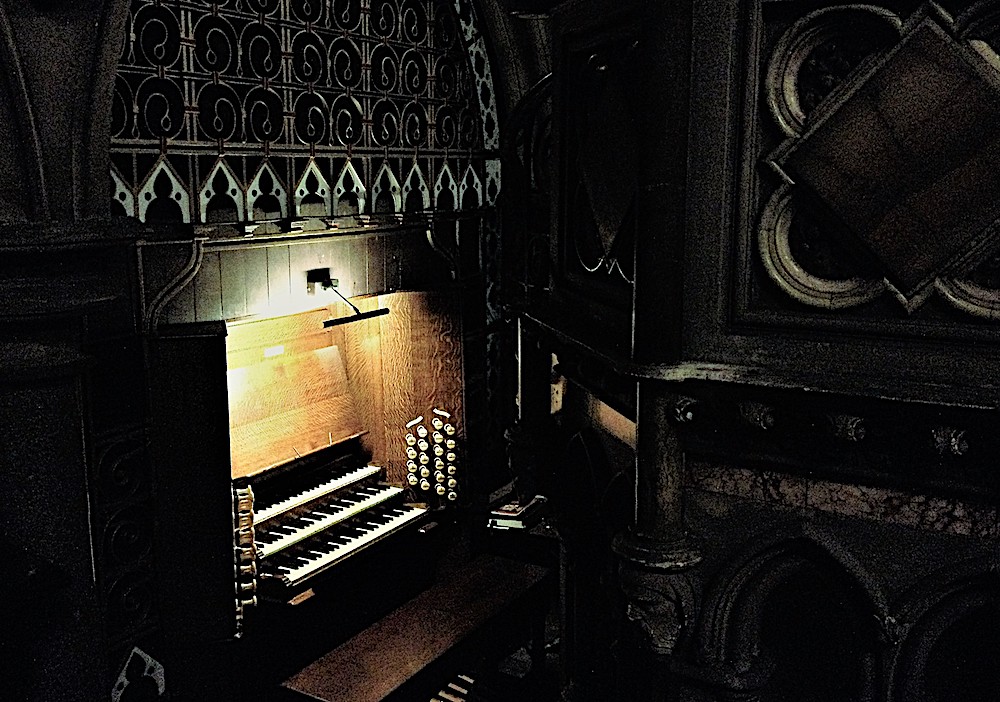
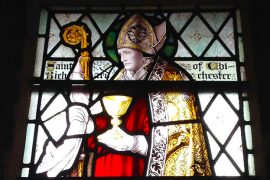
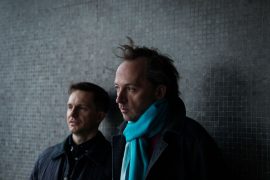
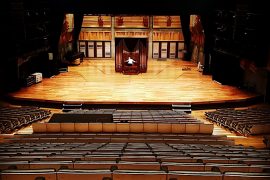
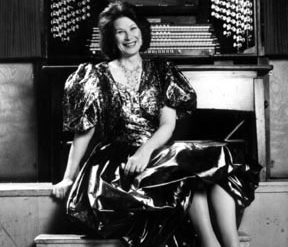
In some churches in the Netherlands it is not done to play anything else then sacral music. Of course the traditional role of the organ in services should be respected. But the pipe organ is also a versatile musical instrument. I think there are many opportunities to explore new musical directions on the organ. I like those initiatives.
Please send me a newsletter
Hi Desmond – thanks for subscribing to the mailing list! – I’ll be sending out a newsletter to everyone fairly soon. Just having to rethink the content, due to the Covid-19 lockdown. All best wishes, Morwenna